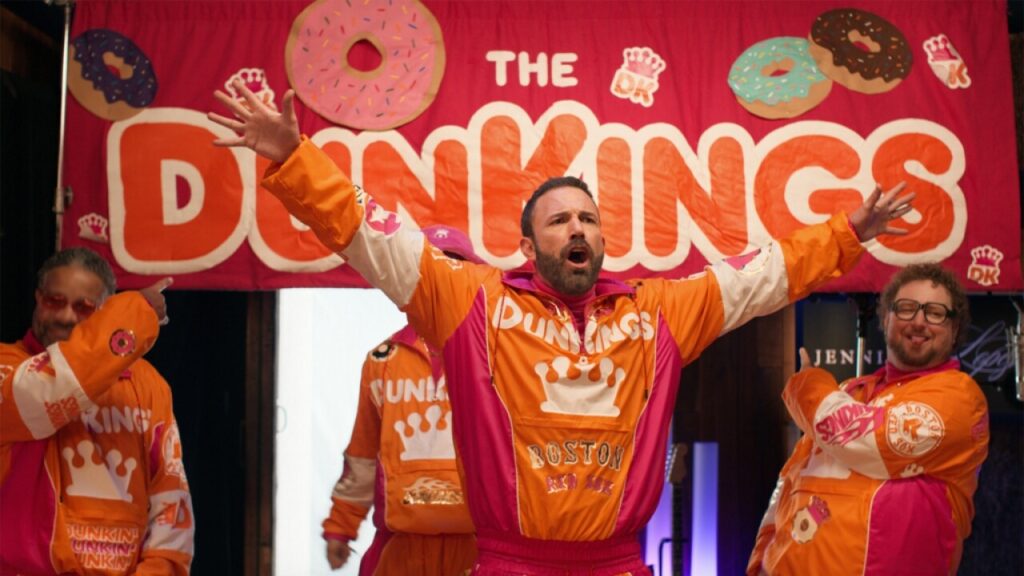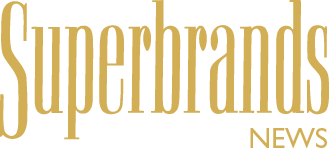How effective were this year’s Super Bowl ads? – KATC

|
Getting your Trinity Audio player ready...
|
SOURCE: Elina Tarkazikis | KATC
Millions of viewers tune into the Super Bowl each year to see the NFL’s two remaining teams face off for the title of Super Bowl champion.
But Super Bowl ads during the big game have become a key part of the experience, with some people even watching just for the commercials.
Each year, Northwestern’s Kellogg School of Management evaluates Super Bowl ads for effectiveness on a number of factors, boiled down to the acronym ADPLAN — which stands for attention, distinction, positioning, linkage, amplification and net equity.
For the second year in a row, Google Pixel claimed the top spot in the 20th Kellogg School Super Bowl Advertising Review with its “Javier in Frame” ad.
The commercial featured a blind man named Javier, documenting his life with photos taken on his Google Pixel. The device uses the “Guided Frame” feature to tell Javier when his face and faces of loved ones are in the camera’s frame, indicating when he can snap the picture. The commercial pulls at the heartstrings as viewers watch Javier’s life through milestones captured with the AI-assisted feature, from posing with his dog, to attending a big game, to falling in love — and even the birth of his child.
Notably, Google said it partnered with Adam Morse, an award-winning filmmaker who’s also blind, to bring the story to life.
“Google Pixel has clearly figured out the formula to success for advertising in the Super Bowl,” said Derek Rucker, the Sandy & Morton Goldman professor of entrepreneurial studies in marketing and co-lead of the school’s Ad Review, in a press release. “Once again the company was able to demonstrate a new technology that enhances the user experience, while also connecting with viewers in an unexpected, emotional way.”
The panel also praised Dove for bringing awareness to its Dove Self-Esteem Project and body confidence, and CeraVe for its ad featuring actor Michael Cera, which demonstrated the ability to include a celebrity without overshadowing the product.
As is typical, there was a lot of star power in this year’s commercials, including Ben Affleck, Matt Damon, Jennifer Lopez, and Tom Brady for Dunkin’ Donuts, and Beyoncé for Verizon.
But some brands also fumbled the ball this year.
The Kellog panel gave Homes.com, which aired three commercials during the big game, a low score for flopping multimillion dollar investments by failing to deliver a compelling benefit. Other brands with low ratings included Temu and Squarespace.
“Unfortunately, this is not surprising. Over the years, we have consistently seen Squarespace struggle with its Super Bowl spots due to poor linkage and amplification to their product offering,” Tim Calkins, clinical professor of marketing and co-lead of the school’s Ad Review, said in a press release.
GoPuff was another company that evaluated ad effectiveness this year. It tracked results in real time, comparing purchases made an hour after an ad aired during Super Bowl Sunday.
The winner of GoPuff’s Brand Bowl was Lindor Chocolate, which saw a 231% spike in units sold an hour after its “Life is a Ball” commercial aired. Starry and Nerds tied for second place, with both their brands’ products seeing a 186% increase in sales following their ads.
Other top performers were Reese’s, which saw a 70% increase in sales after its ad; Poppi, which realized a 66% increase; and Dove, with a 60% rise in sales.
This year’s Super Bowl was the most-watched in history, as a record 123.4 million people tuned in for the big game.
The Kansas City Chiefs defeated the San Francisco 49ers 25-22 in a nail-biting overtime finish.
This article was originally published on KATC – navigate to the original article here.


